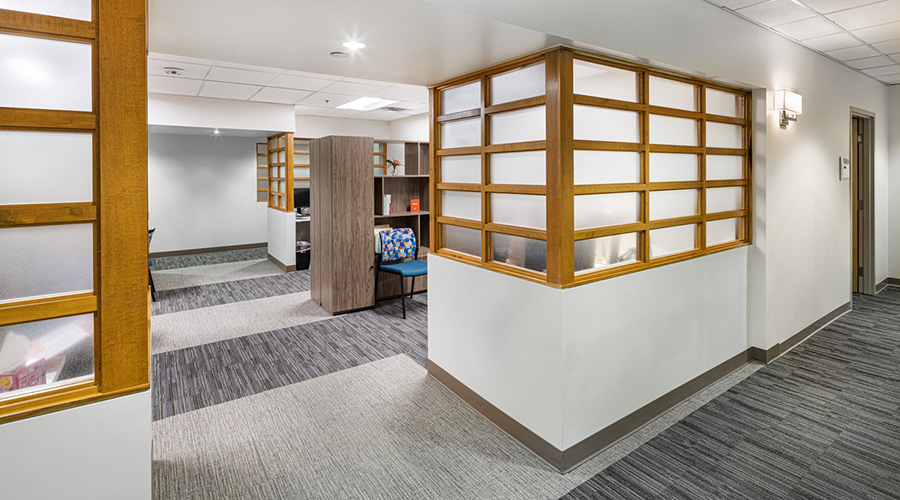Multi-drug resistant organisms that can cause healthcare-associated infections such as CRE (carbapenem-resistant Enterobacteriaceae), MRSA (methicillin-resistant Staphylococcus aureus) and Clostridium difficile (C. difficile) continue to be a problem among the nation's healthcare facilities. As these infections continue to threaten patient populations, Burgess Health Center is adding an extra innovative precaution to existing infection control protocols: the addition of ultraviolet (UV) technology to treat patient rooms and other key areas in the facility.
"Patient safety is a top priority at Burgess Health Center," said Sharon Taylor, infection preventionist, at Burgess. "We chose to purchase a UV device as an added measure to help us prevent healthcare-associated infections and ensure the safest possible environment of care for our patients, staff, and visitors. The device can treat areas that are difficult to clean manually, so it helps ensure that we leave no crevice unturned."
Burgess uses the system to clean all patient and isolation rooms between patients, operating rooms daily, and emergency rooms are treated on a rotating basis. The device is run after the environmental services team thoroughly cleans and disinfects each room with a chemical surface disinfectant product, and the UV device is then used to supplement these efforts. In a typical patient room, the device is placed on both sides of the patient bed and turned on for five minutes in each position. It's also placed in the patient bathroom for another five-minute cycle. A similar process is followed for the ICU.
"Cleaning and disinfection plays a crucial role in infection prevention and with pathogens such as C. difficile spores, able to survive on surfaces for months at a time, we felt it was important to implement even more comprehensive cleaning procedures as part of our daily and discharge cleaning practices," said Taylor. "We've found that the Clorox Healthcare® Optimum-UV® System provides an effective, high-quality and easy to use solution that has helped achieve reductions to our already low infection rates."

 Code Compliance Isn't Enough for Healthcare Resilience
Code Compliance Isn't Enough for Healthcare Resilience Ribbon Cutting Marks First Phase Completion for New Montefiore Einstein Facility
Ribbon Cutting Marks First Phase Completion for New Montefiore Einstein Facility Brooks Rehabilitation Launches 3 New Major Construction Projects
Brooks Rehabilitation Launches 3 New Major Construction Projects Joint Commission Standards: What Updates Matter Most?
Joint Commission Standards: What Updates Matter Most? Swinerton Completes Construction at Atlanta's Grady Hospital
Swinerton Completes Construction at Atlanta's Grady Hospital